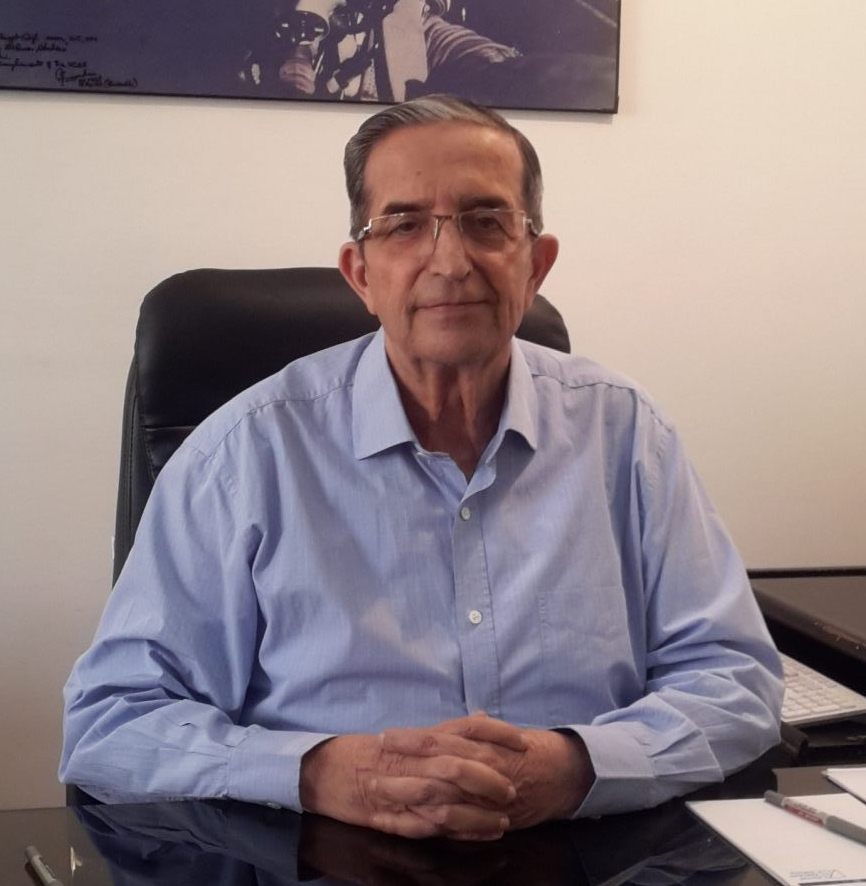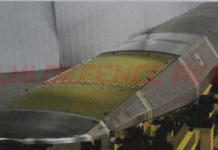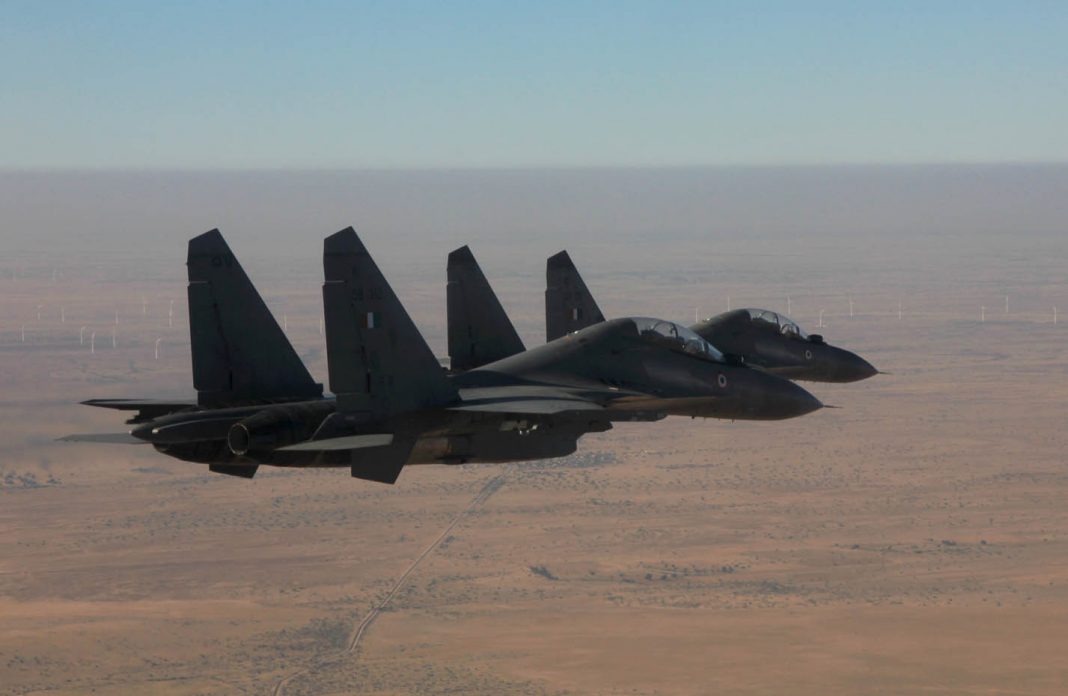India has long sought to maintain an air power advantage over its potential adversaries as a key aspect of its conventional deterrence posture. To get a view of how Indian air power continues to evolve in relation to its competitors, Palak Sharma spoke to Air Marshal (AM) Vinod Patney (retd), Director General of the Centre for Air Power Studies and a noted thinker on the changing nature of warfare, for Delhi Defence Review.
Image: Air Marshal Vinod Patney, Director General, Centre for Air Power Studies
Sharma: Despite the overall growth in the capabilities of the People’s Liberation Army Air Force (PLAAF), do you still see them being able to wage an effective campaign from the Tibetan Plateau given the inherent limitations of conducting serious air operations from such a geography?
AM Patney: The thing is, you can’t change geography, and if you can’t change geography, the limitations that were there, then remain today. Saying that they have made advances in their capabilities has many question marks to it. Have they got superior aircraft? Have they got superior training? We don’t know what is the value and how good those aircraft are. They have not been tested, but one thing is generally believed that the training of their pilots is not as good as it ought to be. Take a look at it from another point of view, that the Chinese air force has not been used in action. I don’t know when was the last time it was done. I cant think of anytime when they were actually used in action. So what is their experience? Experience in terms of planning..experience in terms of execution, and in terms of the entire issues that make air power so complicated and get so interesting. No, I don’t think they have the capability at present that should scare us in any way. We hold the upper hand.
Sharma: The Indian Air force (IAF) has been moving towards net-centricity with the creation of the Integrated Air Command & Control System (IACCS) etc. However, the electronic infrastructure backbone of the IAF’s new command & control (C2) system is made up of imports. For instance, the routers used on these networks are imported. Do you see this as a vulnerability?
AM Patney: Anything that they (i.e the enemy) can take out it is a vulnerability, but is that the only system we have in place? No. Could we have done better with an indigenous system? Yes. Will we change over to an indigenous system as and when we are in a position to invent it, discover it? Yes. But, in the meantime, what do we do? I think over here with the IACCS, there are options available, and these options can always be resorted to. We do not have all eggs in one basket. Also understand, that, IACCS deals with ‘up to the second’ information and ‘up to the second’ actions. So under these circumstances, if you even come to know of it, it’ll be very difficult for you to inform anybody. So its not too serious an issue, but, it is an issue that we should consider to ‘right’ as soon as possible.
Sharma: Are you aware of any move by the IAF to try and indigenize key connectivity hardware via domestic industry?
AM Patney: Of course. We keep having meetings with Indian industry, with the MSMEs, The Centre for Air Power Studies does an annual international conference on energising Indian aerospace industry. We have made slow progress,with the emphasis being on ‘slow’. The hope is that the slow progress will become a little more fast paced, and then substantially more fast paced. But we are waiting for that good day to occur.
Sharma: There has been intermittent talk of the IAF developing its own R&D practice, in a manner analogous to the USAF’s Air force Research Laboratory. Do you think any progress will be made in this sphere in the near future?
AM Patney: No.
Sharma: Do you believe that such a development will actually yield results?
AM Patney: We are not geared for technical innovations as an Air Force. We are the operators. We have all heard of DARPA (Defence Advanced Research Projects Agency) but DARPA din’t come up just like that. It took a long long time to develop. So any such research and development organisation needs some seeding time. If the Air force was to start something now, then in a decade or so we may reach a little forward, but we need good technology, we need good technologists, we need people with high technical knowledge, and we need somebody who will continue to be abreast with all that’s taking place in the world and more. Research and development is a function of being a leader, not a follower. For us to say that we have something and we feel very proud about it, is an option. Quite frankly, I think it’ll be long in gestation. That doesn’t mean we shouldn’t start. Why can’t we start now? Because if the gestation period is 10 years, then it’ll be 10 years from the time we start. If we start 10 years later then it’ll be 10 further years. So we should start now.
Sharma: The IAF’s squadron shortfall issue is well-known and it will be a while before the IAF can reach sanctioned squadron strength. However, in the interim, do you think the IAF can mitigate the concerns arising out of this issue by focusing on the induction of more precision guided munitions and intelligence, surveillance, reconnaissance (ISR) assets?
AM Patney: ISR assets, yes, because intelligence is the name of the game, but precision weapons are very expensive, and the question is, how many do we require? I’m sure the Air Force does these sums on a daily basis, and they will know how many we can get, and how we will utilize the ones we have. ISR definitely. Because the better the intelligence, the better it is for us to know as to what to target and how to target it. Just remember, it is not always a case of- ‘you have seen a target somewhere and you go and attack it’. Some planning is required. Direction, movement, intelligence here and there as to how many more aircraft do you need in support sequences, how many weapons you require, what is the accuracy that you need etc. Under certain circumstances, the use of less expensive ‘dumb’ bombs, also has a certain value. They make a lot of noise and frighten a lot of people and they also do damage and destruction. So, yes, precision weapons are good, we need them, because, precision weapons, particularly of the variety that we can launch from standoff ranges, meaning that we are outside the lethal envelope of the air defences of an adversary, keeps us safe at that time. So from that point of view they are very good, we should have them, but we have to marry requirements and costs.
Sharma: In recent times, the IAF has also been recapitalizing its air defence inventory. Given that the IAF is now looking to bring in very long range systems surface to air missile (SAM) systems such as the S-400, do you perceive a doctrinal shift in the IAF’s approach towards air defence. Because, earlier, the IAF seemed to use SAMs mostly in a vital area/vital point (VA/VP) defence role?
AM Patney: Of course. A doctrinal shift should have taken place before we ordered it. You don’t get a weapon and then decide how to use it. You see as to what is the requirement under certain circumstances that is doctrinal, and then see a particular weapon system that will meet the requirement. Any single thing that we might get, will require a doctrinal change of some form or the other. Even if it is the case that we can now do the same old job that much better. Take it this way, if we get superior weaponry, even if it is ground to air, superior weaponry means that our confidence level in being able to hit them is better. If the confidence level in being able to hit them is greater, then the question is, how many do we need to put at a particular location. To what extent can we bifurcate the arrangements. In other words, we have the same amount, but in three or four different locations. All these are calculations that are done. Rest assured, we don’t buy a piece of equipment and then decide how to use it, we decide what is the requirement and then buy it.
Sharma: How do you see the Pakistan Air force’s fleet recapitalization given that it is essentially happening around the JF-17, which by any measure is barely a fourth generation jet with limited endurance? And why is the PAF still seemingly reluctant to induct twin-engined jet fighters?
AM Patney: Well the last bit I don’t know. I don’t think they have any on offer which they can afford. Pakistan is a nut case. They will accept anything that the Chinese give them! All the others are not doing so. What Russia is giving them are small little helicopters, which are not really battle winning by themselves. So, over here, just forget about their Air Force. They may have decent pilots, they may have the sense to be able to utilize their assets, but are they a threat to us? Far far from it.
Sharma: What according to you should be the IAF’s wish list from the indigenous Advanced Medium Combat Aircraft (AMCA) platform that is in the preliminary development stage in terms of capabilities? In fact, what according to you constitutes true ‘fifth-generation’ capability?
AM Patney: Fifth generation capability has been defined. It should have stealth, it should have fusion capability. Fusion meaning that all the different sensors get fused into one single picture, so that the pilot doesn’t get confused or anybody else looking at the picture is not confused either. It’s fused accurately. So, it should have stealth, sensor fusion, long range weaponry and the like.
Sharma: Where do you see the Indian Air Force heading in 10 years time?
AM Patney: I think there would be impressive improvement, both in terms of equipment, and how to utilize the equipment optimally. I say this with confidence, because if you take a look at the history of our air power evolution, every decade has shown a much better capability. Today, I can say with some confidence, that our strength in terms of squadrons may have reduced, but we have never been as powerful as we are today. Even with the reduced strength, our capability is high. Does that mean that we can do with even less? NO. We will need that much more, because all the other countries are also gaining in their strength, and this will always remain a relative system. So we can’t rest on our laurels and say- because we are okay today, we will be okay for the next two years. That is wrong. Progression and progressive improvement in capability is an ongoing phenomena and we must follow it.
© Delhi Defence Review. Reproducing this content in full without permission is prohibited.

































